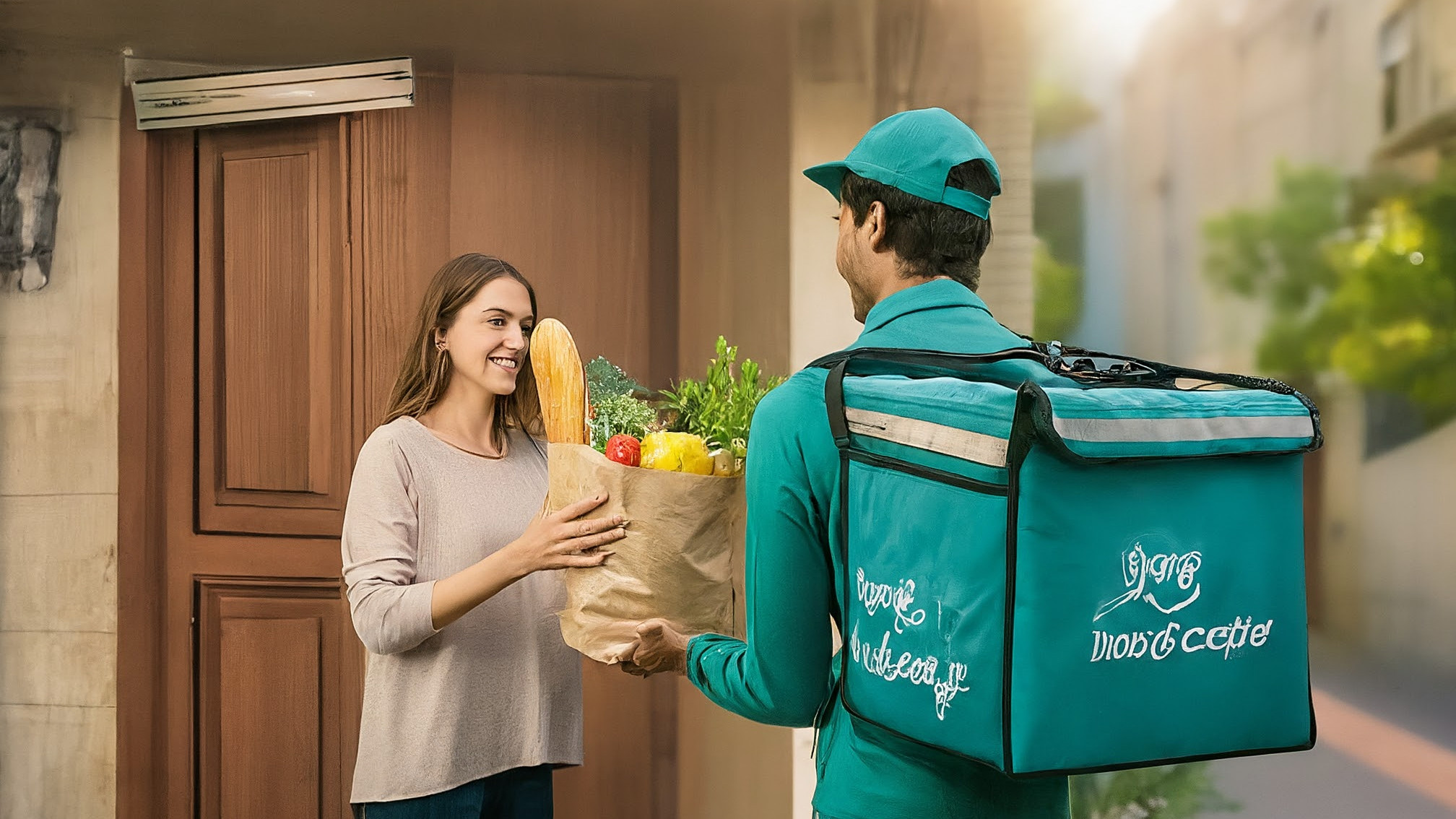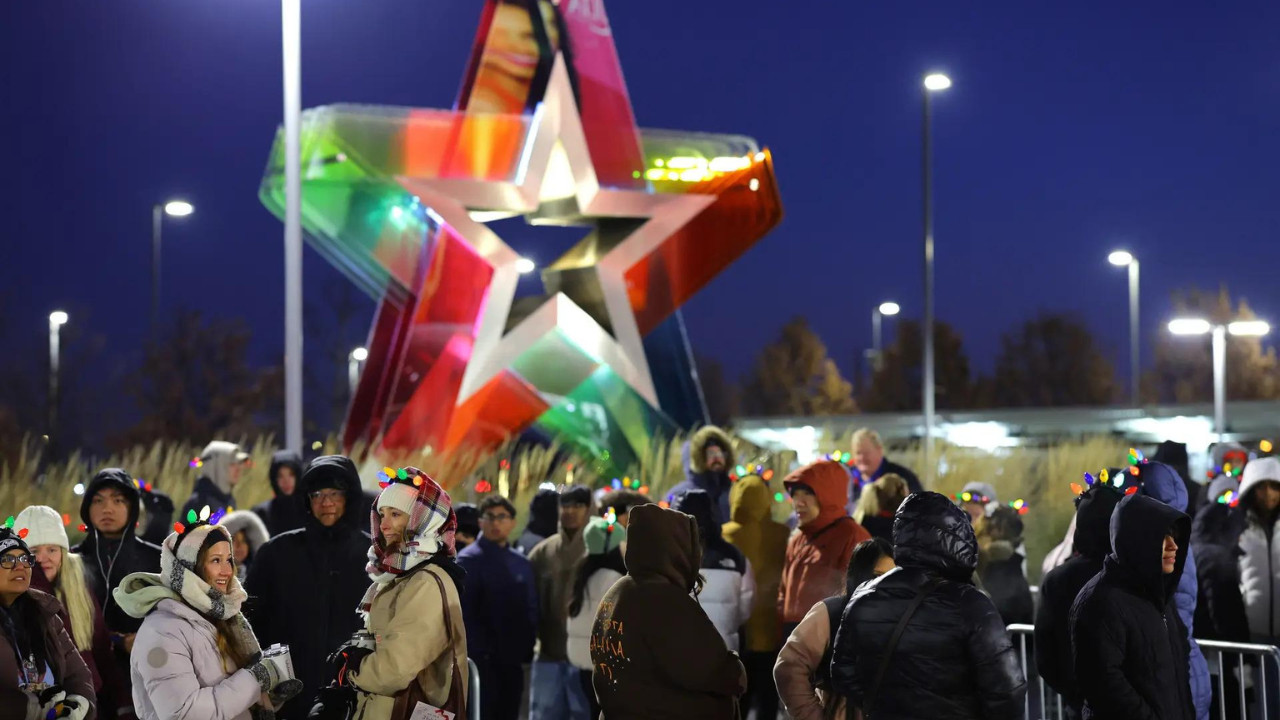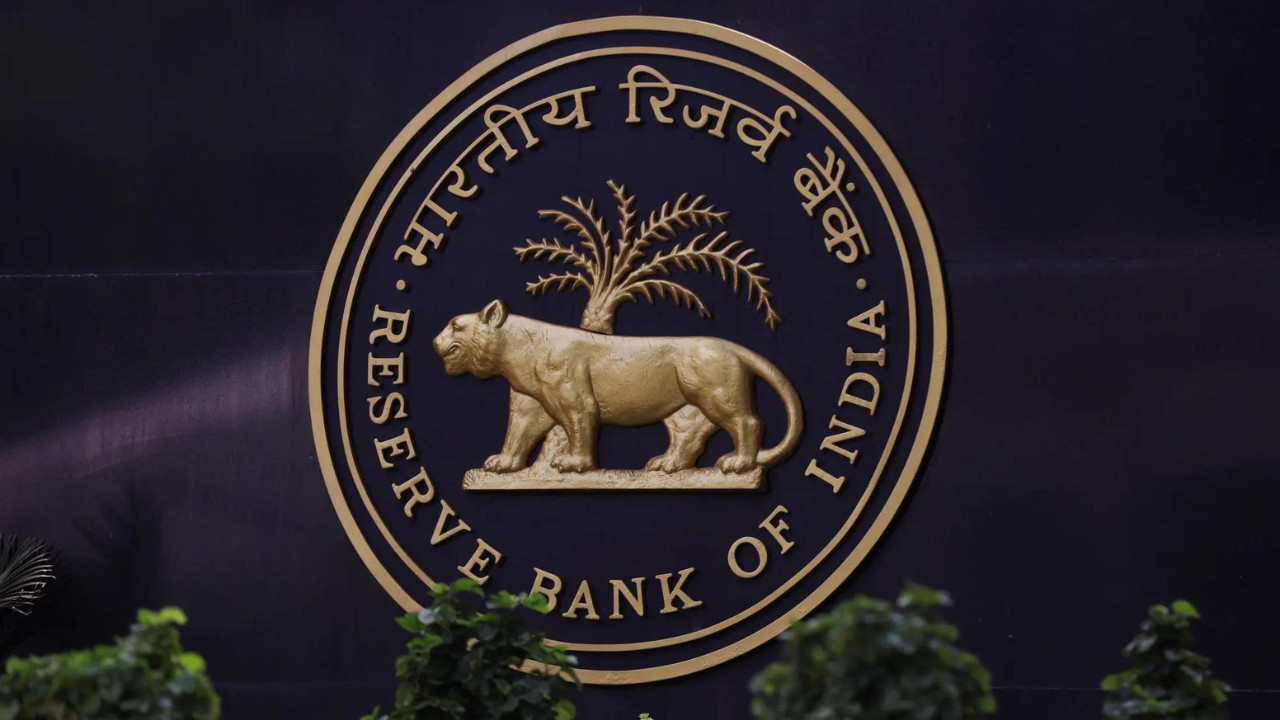India’s quick commerce sector is experiencing rapid growth, with spending on platforms like Blinkit and Instamart more than doubling to Rs 64,000 crore in FY25. This surge is driven by increased platform fees and a shift towards profitability, with firms focusing on strategies like advertising and private-label products.
The Rocketing Rise of Quick Commerce in India: Are We Ready for Hyper-Speed Shopping?
Remember the days when ordering groceries online meant planning a day or two ahead? Those days are fading fast in India, replaced by a whirlwind of “quick commerce” – the promise of getting almost anything delivered in minutes. Forget leisurely weekend supermarket trips; now, a forgotten ingredient for dinner or a sudden craving can be satisfied with a few taps on your phone, often arriving before you’ve even finished setting the table. But is this convenience revolution sustainable, and what does it really mean for the Indian consumer and economy?
India’s Appetite for Speed: A Multi-Billion Rupee Affair
The numbers paint a striking picture. India’s quick commerce market is currently sizzling, projected to reach a staggering ₹64,000 crore in order value by the end of fiscal year 2025. That’s a substantial amount of money changing hands at lightning speed, reflecting a fundamental shift in how Indians shop. And the growth isn’t slowing down. Forecasts predict that the gross order value (GOV) could triple to a mind-boggling ₹2 lakh crore by FY28. It’s a hockey-stick growth trajectory that has investors and retailers alike scrambling to grab a piece of the pie.
This explosive growth is fuelled by several factors. Increased smartphone penetration and affordable internet access have undoubtedly played a major role. More Indians than ever before have the ability to browse and buy online. The hustle and bustle of urban life, where time is a precious commodity, also contributes to the appeal of quick commerce. Busy professionals, working parents, and anyone who values convenience are increasingly turning to these platforms to save time and effort.
Beyond Groceries: The Expanding Universe of Instant Delivery
While groceries initially dominated the quick commerce landscape, the offerings are rapidly expanding. You can now order everything from fresh produce and dairy products to electronics, personal care items, and even medicines with astonishing speed. This diversification is key to the long-term sustainability of the model. Relying solely on groceries can be a high-volume, low-margin game. Expanding into higher-value categories allows quick commerce players to improve their profitability and cater to a wider range of consumer needs.

The race is on to become the “everything store” that can deliver anything, anytime.
The Logistics Behind the Lightning: A Complex Balancing Act
Delivering on the promise of ultra-fast delivery requires a complex and sophisticated logistics network. Quick commerce companies are investing heavily in strategically located dark stores – small, localized warehouses – to ensure proximity to their customer base. These dark stores allow for quick order fulfillment and minimize delivery times.
However, maintaining this intricate network comes at a cost. Real estate in densely populated urban areas is expensive, and managing inventory across multiple locations requires meticulous planning. The final mile delivery, often relying on a fleet of delivery partners on scooters and bikes, presents its own set of challenges, particularly in navigating congested city streets.
The Big Question: Is Quick Commerce Sustainable?
While the growth potential of quick commerce in India is undeniable, the question of long-term sustainability looms large. The intense competition in the market is driving companies to offer steep discounts and promotions to attract customers. This “growth at all costs” strategy, while effective in acquiring market share, can be detrimental to profitability.
The key to survival will lie in achieving operational efficiency, optimizing logistics, and building strong customer loyalty. Companies that can find a sustainable balance between growth and profitability are the ones most likely to thrive in the long run. Furthermore, developing strong ethical practices and fair treatment of delivery partners will be paramount for building a responsible and sustainable business model. Learn more about sustainable business practices in the Indian market on our other blog post about ethical sourcing.
The Future is Fast, But Is it Fair?
The rise of quick commerce represents a significant evolution in Indian retail. It offers unprecedented convenience to consumers and creates new opportunities for businesses. However, it’s crucial to consider the broader implications of this rapid transformation. Are we sacrificing quality for speed? Are we creating a more unequal society where only those with disposable income can afford the luxury of instant gratification? These are important questions that we need to address as we navigate this new era of hyper-speed shopping.
Ultimately, the success of quick commerce will depend on its ability to create value for all stakeholders – consumers, businesses, and the community as a whole. If it can deliver on its promise of convenience while also promoting fairness and sustainability, then it has the potential to reshape the future of retail in India.







